The following commentary piece was originally published in The Australian online on November 20th 2020. Click here to view.
What the M1 means for Mac in business.
Buttery smooth. It’s a term Apple used frequently last week to describe how the first new Macs that use the company’s own silicon, will work. It also describes what Apple’s business customers are looking for in the transition.
Since June, when the company announced a shift away from Intel processors to custom Apple Silicon designed in-house, anticipation has been growing among business customers, (including ours).
There have been questions too. How far can Apple push battery efficiency? Can Apple satisfy the performance needs of both consumers and “pro” users? How will Apple deal with software compatibility challenges?
In a pre-recorded presentation, the company unveiled the first step, proudly showing off the new “M1” chipset design that will power their biggest selling computers – the MacBook Air and MacBook Pro 13-inch – along with the diminutive MacMini desktop.
The presentation made impressive claims of 3-5x performance increases and up to 2x the battery life of comparable systems, claims which were initially met with some scepticism in the industry.
But now that these new systems are starting to reach users and initial benchmarks are being released we’re learning just how good Apple’s new chips are.
Computing design is all about compromise and trade-offs. That Apple has been able to achieve dramatic increases in both performance and battery life is remarkable but should not have been totally unexpected. For over 10 years, the company has been designing their own chips for hundreds of millions of devices, including iPhone, iPad, Apple Watch and Apple TV.
Building a chip for the Mac was the next logical step.
Apple CEO, Tim Cook, made a point early in the presentation that, despite the obvious challenges, 2020 has been a good year for the Mac with sales up 30 percent globally last quarter. That was driven in large part by the shift to remote work caused by COVID-19, and with businesses now accounting for a significant proportion of Mac sales and there’s a lot of potential upside for them in this transition.
As more businesses look to attract and retain talent by giving their employees a choice of workplace technology, the new MacBook Air in particular looks like an attractive option against similarly priced alternatives from competing vendors.
With market-leading performance, all day battery life, a thin and light form factor with environmentally conscious design – it will appeal to users. Widely adopted and trusted security features, easy deployment and management, reduced TCO and high resell value, in turn can meet the needs of business stakeholders.
If you’ve been looking for the right moment to introduce Mac into your business, these new devices with the M1 chip mean Apple is giving you plenty of reasons to give the line a serious look.
We are confident this transition positions the Mac platform to a really exciting trajectory for the next decade, with Apple expected to experiment with new form factors and further customise their chips to support their vision for tightly integrated hardware and software, as they already have with the dedicated machine learning and image processing capabilities announced in the M1.
Apple last week also introduced Big Sur, the latest version of their Mac operating system, with an iOS inspired design and a range of tools to help developers recompile apps to run across both Apple Silicon and Intel platforms.
While many large software vendors have announced that native support for the M1 is coming soon, Apple have resurrected their Rosetta 2 emulation software to ensure that applications developed for Intel-based Macs will continue to run with minimal impact.
That will comfort business users and help to allay concerns about software compatibility. It means business users and corporate buyers can be confident that they retain their software investment and maximise compatibility.
With all new Apple devices now running on a unified chipset platform, this also allows iPhone and iPad apps to run on the M1-based Macs. That means millions of apps that businesses already use to drive productivity, communication and collaboration can now have a home on a Mac, many for the first time.
Core business software like cloud ERP and CRM apps can break free from the browser and enjoy native integration with system features such as notifications and Siri, while retaining organisation security and governance policies.
The thousands of enterprises who have developed and deployed in-house applications for their mobile workforce will be able to leverage that existing investment to bring native apps to the Mac and will likely entice thousands more to follow.
This puts the Apple ecosystem in a strong position in corporate environments and will allow Apple to distinguish and differentiate the Mac from its competitors for many years to come.
There is every indication Apple is quietly confident in the M1 chip and that this transition will drive growth within large organisations. What we’re hearing from business customers is that this is a strategy that they’re willing to embrace.
If Apple can deliver on the promise of a buttery smooth transition it could be that 2021 and 2022 are even better for the Mac than 2020.



